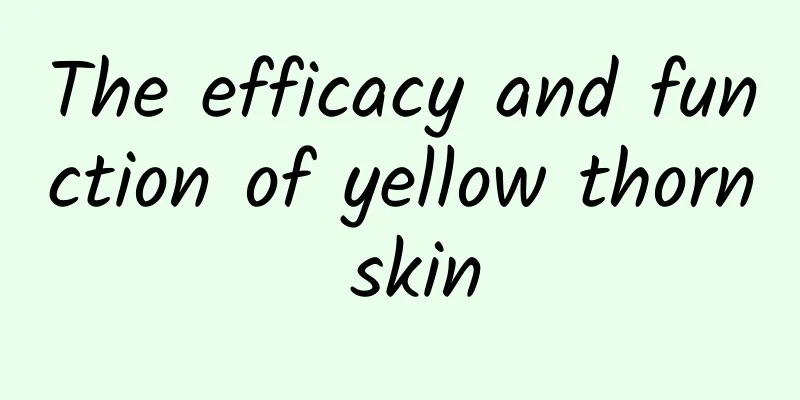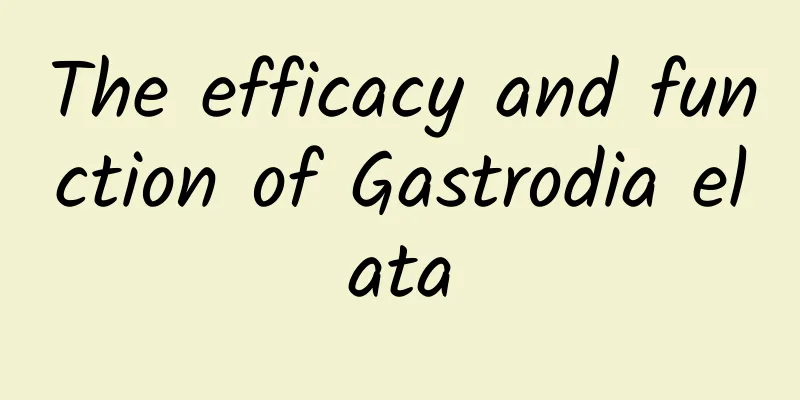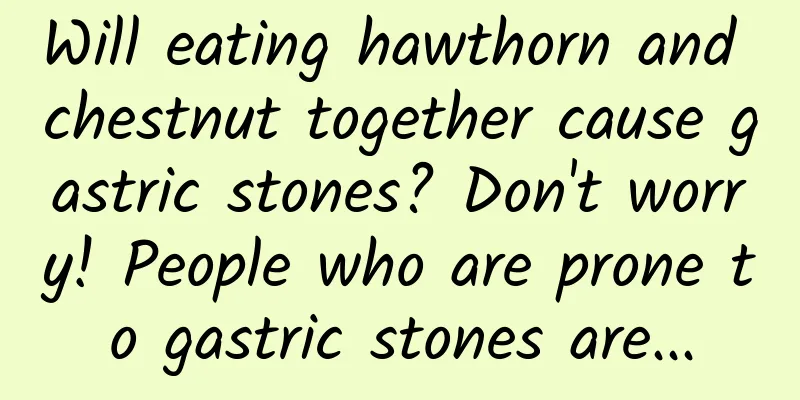The efficacy and function of tongue cutting

|
I don’t know if you are familiar with the tongue-cutting herb and whether you understand its effects and functions. Let’s take a closer look at the value and eating methods of the tongue-cutting herb. 【Alias】 Tongue-cutting tree [Source] Medicinal material source: the roots and leaves of the Acer truncatum plant of the Acer family. [Original form] Shrub or deciduous small tree, often upright, about 8m high. Rarely climbing; bark brown or gray-brown, smooth; with prominent round lenticels, sometimes with thorns. Leaves are alternate; petioles are 5-15mm long, shallowly grooved on the upper side and rounded on the lower side; leaves are thick papery or nearly leathery, obovate-elliptical or obovate-oblong, 7-13cm long, 3-6cm wide, with acute and slightly obtuse apex, broadly cuneate or nearly rounded base, entire, green and glabrous on the upper side, light green on the lower side, with tufts of hairs in the vein axils, becoming glabrous when old. Cymes of 3-8 grow in leaf axils, often with flowers and leaves blooming at the same time; peduncle 5-8mm long, pedicel 7-10mm long; flowers are yellow to yellow with a strong fragrance; calyx lobes are triangular, with soft hairs on both sides; stamens 20-30; disk fleshy; ovary 1-chambered. The drupe is ovate or elliptical, 1.5 cm long and 0.9-1.2 cm wide. It is red to black when ripe, with a persistent calyx at the tip. The flowering period is from February to April, and the fruiting period is from April to July. [Habitat distribution] Ecological environment: Grown in sparse forests below 1200m above sea level. [Cultivation] Biological characteristics: It likes high temperature, light and is afraid of cold. It grows wild in tropical villages, roadsides or sparse forests at low to medium altitudes. When introducing and cultivating, frost-free areas should be selected. It is not very demanding on the soil, and generally deep, fertile and well-drained sandy loam is suitable. [Chemical composition] Four kinds of alkaloids were isolated from the thick branches of the twigs of the earth tree: venoterpine, ankorine, cephaeline and psychotrine. 【Functions and indications】 Dispel wind and dampness; promote blood circulation and relieve pain. Mainly used for rheumatic pain and traumatic injuries [Usage and Dosage] For oral use: decocted in water, 3-9g. For external use: take appropriate amount and mash it for application. 【Excerpt】 Chinese Materia Medica Through the above introduction, I found that the tongue-cutting herb has so many pharmacological effects, and it also has good effects on some diseases. In fact, there may be many "treasures" around our lives, but most of the time we don’t have a heart that is good at discovering them. |
<<: The efficacy and function of Gexianmi [picture]
>>: The efficacy and function of Geshanxiao
Recommend
Comic: The flowers are so beautiful that they dazzle your eyes. Let us help you recognize the "spring flowers" with wisdom.
During the Qingming Festival, the sun is shining ...
How long does it take for Maca wine to take effect?
Maca has very good health value in daily life. Ho...
My scalp is tingling! 47! Multiple pathogens were detected, all from abroad
recently, Xiamen Customs An aircraft entering for...
What are the effects and functions of bitter sauce
I believe that everyone is not very clear about w...
National Hypertension Day | You must not know these 5 misunderstandings about lowering blood pressure
Hypertension is the most important risk factor fo...
Cool fact: The cotton swab used for nucleic acid testing is not actually a cotton swab!
Audit expert: Gu Haitong Deputy Chief Physician, ...
Harm of Acanthopanax Tea
Acanthopanax is a traditional Chinese medicine th...
Loxoprofen Sodium Tablets
Loxoprofen sodium tablets are a strong analgesic ...
The more beautiful the parts that girls care about the most, the more dangerous they are!
One minute with the doctor, the postures are cons...
Is there any scientific reason behind the saying “Drinking water in big gulps is the same as not drinking it at all”?
Have you ever heard of the view that "drinki...
How did people grow vegetables on the Mir Space Station more than 30 years ago?
The designer of the world's first fully funct...
Can AI "copy" human smiles in advance? Is it possible for AI to integrate into the human social world?
The emergence of large language models (LLMs) suc...
How to eat white ginseng?
I believe that for many mothers who have just giv...
The efficacy and function of cockscomb
Cockscomb is a traditional Chinese medicine. It h...
The efficacy and function of Tianluo water
Tianluo water is a kind of traditional Chinese me...









